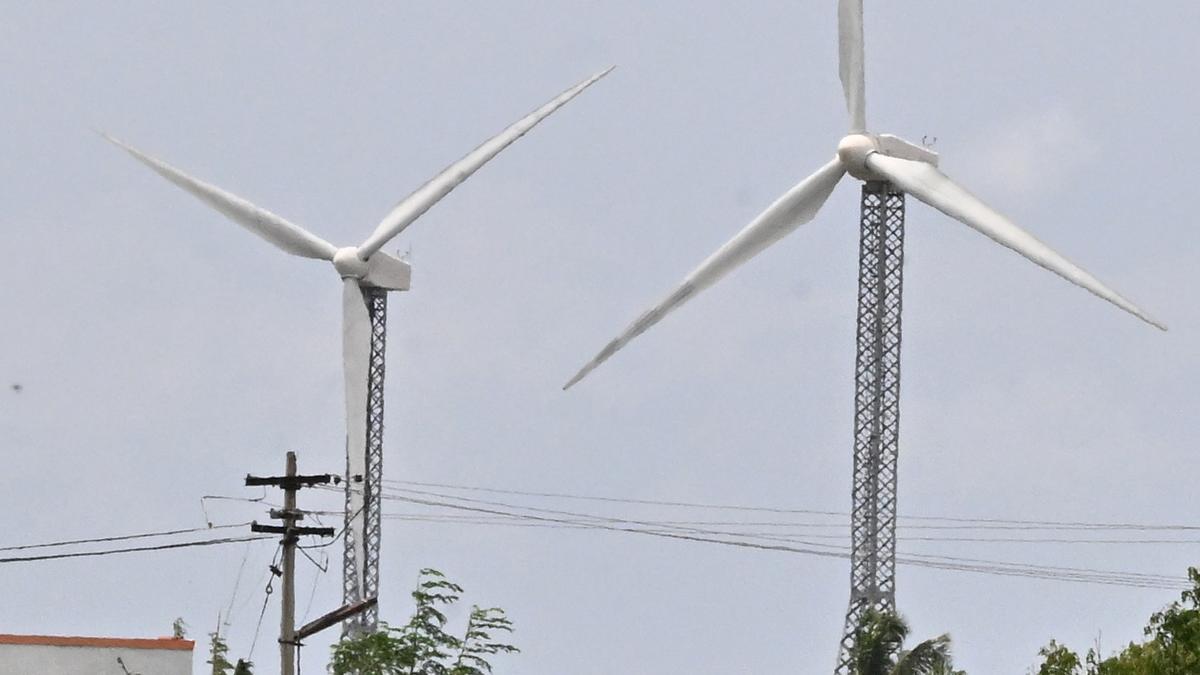Science
India Hits 50% Non-Fossil Fuel Capacity Yet Clean Energy Below 30%

India has reached a significant milestone by achieving that 50% of its total electric power capacity, which stands at about 484 gigawatts, now comes from non-fossil fuel sources. Despite this achievement, data reveals that the actual contribution of clean energy to the electricity supplied remains below 30%. According to Pralhad Joshi, Minister for New and Renewable Energy, this advance occurred five years ahead of the target set under the country’s Nationally Determined Contributions (NDCs) to the Paris Agreement.
“This significant milestone underscores the country’s steadfast commitment to climate action and sustainable development,” Joshi stated. He emphasized that India’s clean energy transition is not only tangible but also accelerating under the leadership of Prime Minister Shri Narendra Modi.
In 2014, renewable energy sources, including solar, wind, biomass, hydropower, and nuclear power, accounted for approximately 30% of India’s installed electricity capacity. By June 30, 2025, this figure increased to 50%. However, the share of electricity generated from these sources rose from 17% in the 2014-15 period to 28% from April 2024 to May 2025.
While the volume of clean energy produced has significantly increased—from 190 billion units in 2014-15 to 460 billion units in 2024-25—experts highlight that the slower increase in utilization is attributed to the “capacity utilization factor” (CUF). This factor indicates how much of the available energy can actually be used.
Challenges in Clean Energy Utilization
The CUF for renewable sources is notably lower than that for coal or nuclear energy. “While solar and wind now make up a large share of installed capacity, their CUFs are much lower,” said Arunendra Kumar Tiwari, Fellow at The Energy Resources Institute. He noted that solar energy has a CUF of approximately 20%, while wind ranges from 25% to 30%, compared to coal’s 60% and nuclear’s 80%.
Coal continues to dominate India’s energy mix, providing around 75% of the total energy demand. Although there has been an increase in solar energy utilization, the reliance on coal remains strong, particularly during the evening hours when solar generation is not available.
To enhance solar energy utilization, experts suggest two key improvements: flexibility in the grid and enhanced battery storage. “Right now, we pay the same rate for electricity, whether at night or during the day. Just like with early telecom, when night calls were cheaper, we need to explore differential tariffs for electricity, which will require smart grids and better management,” explained Saurabh Kumar, vice-president at the Global Energy Alliance for People and Planet.
Future Directions for Energy in India
Looking ahead, the development of ‘hybrid’ power projects that integrate solar, wind, hydro, and storage elements is being viewed as a crucial step in meeting India’s growing peak and continuous power demands. A policy note from the Institute for Energy Economics and Financial Analysis highlights that these hybrid systems, when paired with battery storage, can effectively store surplus energy and release it during peak demand hours, especially in the evening.
Despite their potential, the deployment of hybrid systems faces challenges, including land aggregation issues, a lack of coordinated transmission planning, and high costs associated with storage components. As India continues to navigate its energy transition, addressing these challenges will be vital for achieving a more sustainable and reliable energy future.
-

 World5 months ago
World5 months agoSBI Announces QIP Floor Price at ₹811.05 Per Share
-

 Lifestyle5 months ago
Lifestyle5 months agoCept Unveils ₹3.1 Crore Urban Mobility Plan for Sustainable Growth
-

 Science4 months ago
Science4 months agoNew Blood Group Discovered in South Indian Woman at Rotary Centre
-

 World5 months ago
World5 months agoTorrential Rains Cause Flash Flooding in New York and New Jersey
-

 Top Stories5 months ago
Top Stories5 months agoKonkani Cultural Organisation to Host Pearl Jubilee in Abu Dhabi
-

 Sports4 months ago
Sports4 months agoBroad Advocates for Bowling Change Ahead of Final Test Against India
-

 Science5 months ago
Science5 months agoNothing Headphone 1 Review: A Bold Contender in Audio Design
-

 Top Stories5 months ago
Top Stories5 months agoAir India Crash Investigation Highlights Boeing Fuel Switch Concerns
-

 Business5 months ago
Business5 months agoIndian Stock Market Rebounds: Sensex and Nifty Rise After Four-Day Decline
-

 Sports4 months ago
Sports4 months agoCristian Totti Retires at 19: Pressure of Fame Takes Toll
-

 Politics5 months ago
Politics5 months agoAbandoned Doberman Finds New Home After Journey to Prague
-

 Top Stories5 months ago
Top Stories5 months agoPatna Bank Manager Abhishek Varun Found Dead in Well









